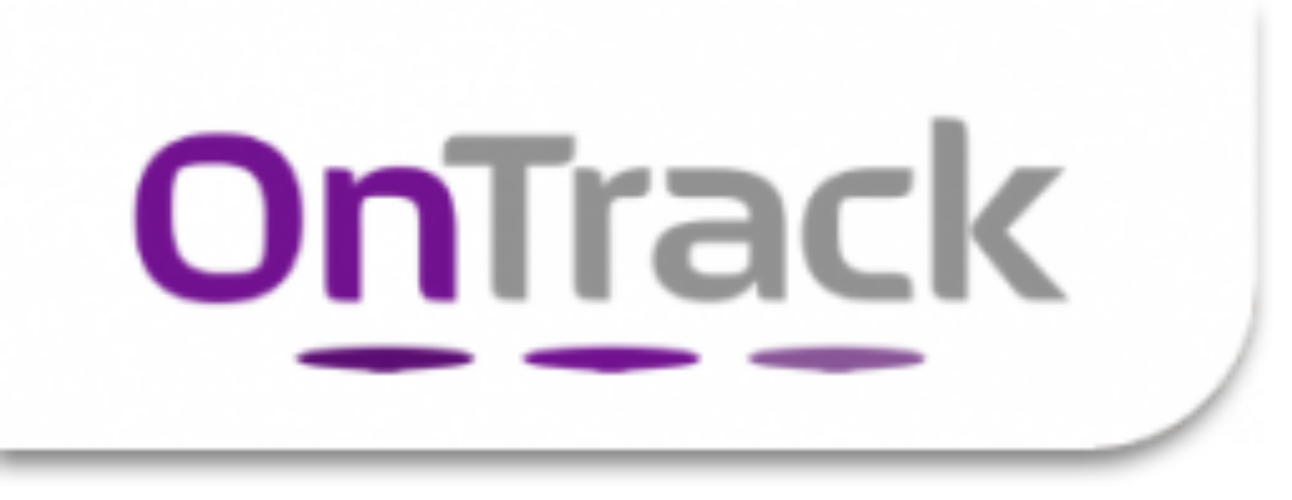One of our clients recently raised an issue with regards to working in cross-cultural and global teams. The concern was that they had a UK team being managed by a German leader. Some members of the team were expressing frustration that the German leader should be less ‘German’ and ‘more like us’
My colleagues and I were discussing what may have been at the core of the claim. Was it a personality trait? Was it poor communication skills? Was it irreconcilable differences between German and British behaviour? Regardless of what it was – we believe – it is something that could be improved, to some extent, by investing time and effort into improving communication and to create an openness around who we are and how we prefer to work and get things done.
Communication needs to be two-way. We need to talk and we need to listen. Send and receive. If we do not signpost how we feel and how we want things done – how are others expected to understand what we need?
Receiving is also different from hearing – it is important to make an effort to take onboard and fully understand what someone is saying and close the loop by checking back that key messages have been understood correctly. The less we guess and leave to assumption – the better. Successful communication is a cycle of sending, receiving, sending and receiving in return punctuated by the odd ‘roger that’ and ‘over and out’.
By seeking to understand others and why they behave the way they do and by embracing diversity and building on the strengths it brings rather than fighting it for its weaknesses, we can come a long way in ironing out many workplace conflicts as well as diversity-related issues.
At the end of such a journey, we are likely to see and understand that under the surface we are not at all that different from each other and we are all made up of very similar components and we all have similar issues driving our behaviours. We are all our demonstrated behaviour – the upper part of the metaphorical iceberg, which builds on all the goings on taking place in the lower and often much bigger part of the iceberg hiding under the surface – the bit where everything that makes us who we are really takes place – values, beliefs, emotions etc.
For any employer really wanting to get to grips with personalities and team effectiveness at a deeper level, there are an abundance of tools and profiles that could be used to help members of staff to understand each other better and perform better as a team – regardless of background, geographical location, faith or cultural diversity. Insights Discovery is one of my favourite tools, but there are many others.
As an introduction to any diversity programme or just as a way to generate awareness on the topic of diversity, where employees are asked to reach out, understand and communicate better with each other, I have come across this video, which makes for compelling viewing. It could be used to great effect as a thought provoker to get discussion going.
I have contacted the company behind it and the research it builds upon is bona fide. Alternatively, you can read more about how it was made here.
Let us all open our minds a bit more. Let us try to communicate better with those we feel are behaving differently from ourselves and let us try to understand why they behave the way they do – be it a cultural reason, personality trait or unconscious bias of some sort.
If we seek to adapt in response to those who behave differently – just as we would hope and expect them to adapt to our way of working in return – we are likely to find that we are not that different from one another after all. Embrace what is different and aim to build on the individual strengths that being different brings.
For more thoughts on working towards team strengths, you may want to read my article entitled ‘Tour de Force – (or a game of strengths)’ looking at one sport where playing to each other’s strength is the key to a winning team: Cycling.



